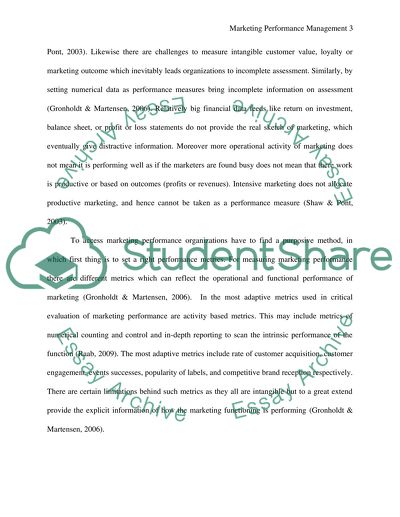Cite this document
(“Developing Marketing Capability Essay Example | Topics and Well Written Essays - 2000 words”, n.d.)
Retrieved from https://studentshare.org/marketing/1467700-developing-marketing-capability
Retrieved from https://studentshare.org/marketing/1467700-developing-marketing-capability
(Developing Marketing Capability Essay Example | Topics and Well Written Essays - 2000 Words)
https://studentshare.org/marketing/1467700-developing-marketing-capability.
https://studentshare.org/marketing/1467700-developing-marketing-capability.
“Developing Marketing Capability Essay Example | Topics and Well Written Essays - 2000 Words”, n.d. https://studentshare.org/marketing/1467700-developing-marketing-capability.


